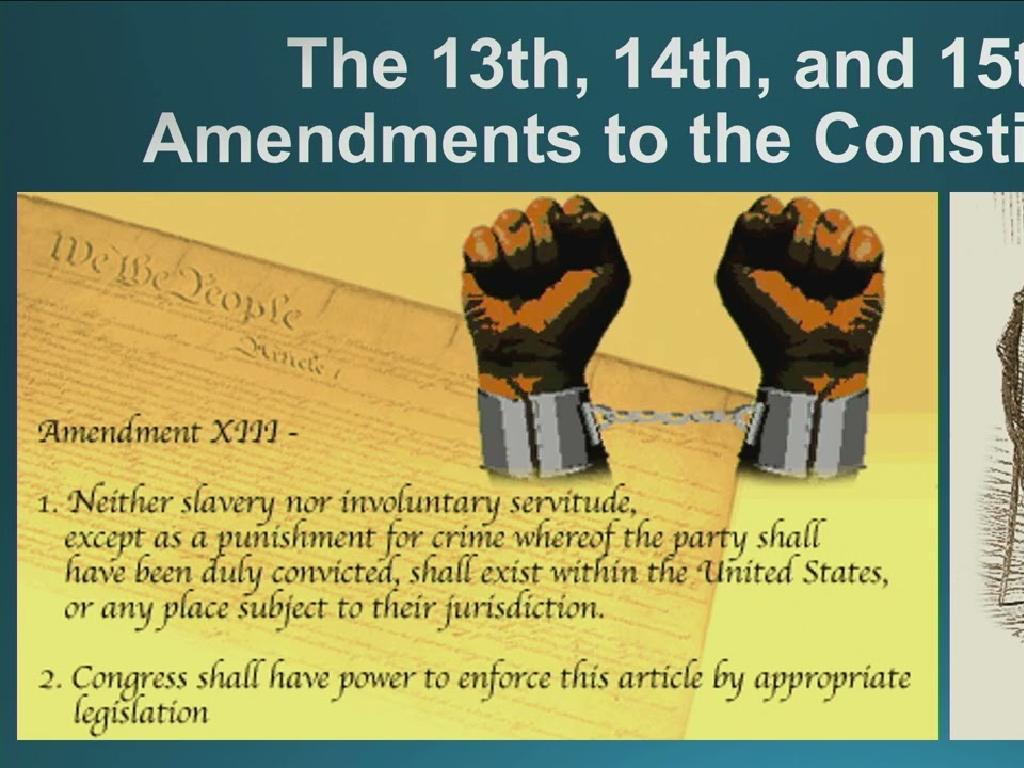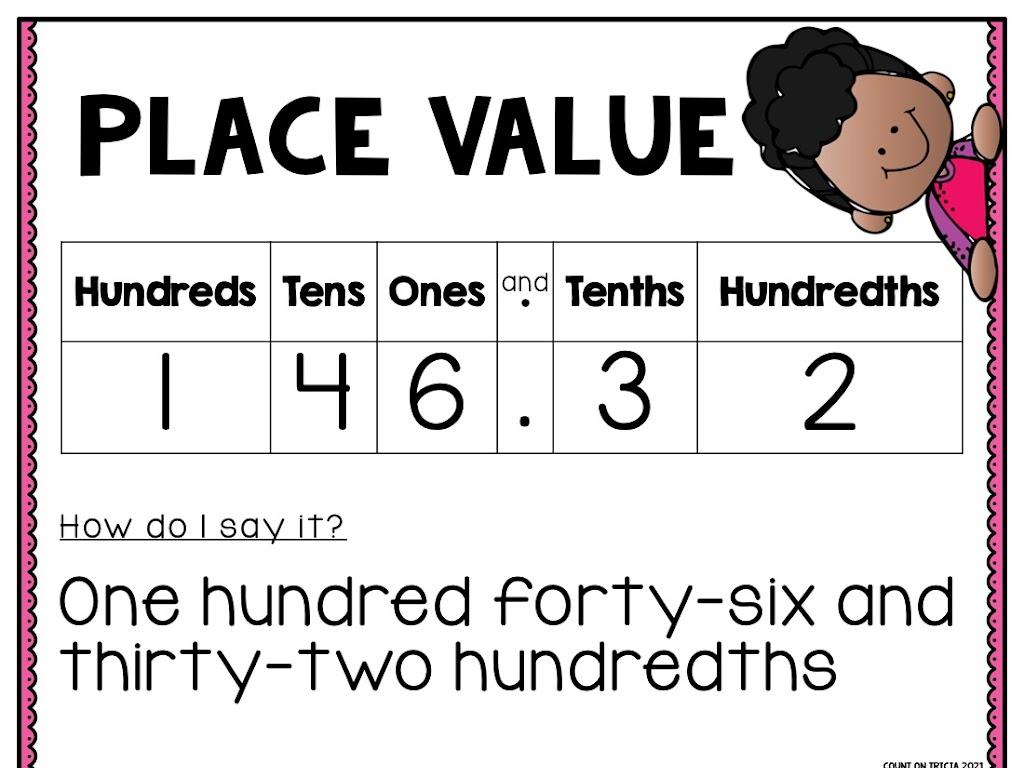Identify The Complete Subject Or Complete Predicate Of A Sentence
Subject: Language arts
Grade: Seventh grade
Topic: Sentences, Fragments, And Run-Ons
Please LOG IN to download the presentation. Access is available to registered users only.
View More Content
Understanding Subjects and Predicates
– Define complete subject
– The ‘who’ or ‘what’ the sentence is about
– Define complete predicate
– Tells what the subject does or is
– Recognize sentence fragments
– Incomplete thoughts that lack subject/predicate
– Avoid run-on sentences
– Two or more sentences joined without proper punctuation
|
This slide introduces the foundational concepts of sentence structure, focusing on the complete subject and predicate. Understanding these elements is crucial for students to construct clear and grammatically correct sentences. The complete subject includes the main noun and its modifiers, while the complete predicate encompasses the verb and any complements. Students will also learn to identify sentence fragments, which are incomplete sentences that lack either a subject or predicate, and run-on sentences, which improperly combine multiple independent clauses. Emphasize the importance of these concepts in enhancing their writing and verbal communication skills. Provide examples and exercises to practice identifying subjects and predicates, and correcting fragments and run-ons.
Understanding Sentence Structure
– Definition of a sentence
– A sentence conveys a full idea with words grouped together.
– Main parts: subject and predicate
– The subject is who or what the sentence is about; the predicate tells us what the subject does or is.
– Complete subject components
– The complete subject is the main noun plus its adjectives.
– Complete predicate components
– The complete predicate is the verb and all its complements and modifiers.
|
This slide introduces the basic components of a sentence, which is crucial for understanding how language works. A sentence is more than just a string of words; it’s a complete thought that has a structure. The subject of a sentence tells us ‘who’ or ‘what’ the sentence is about, and it can be ‘complete’ with all its modifiers, not just the main noun. The predicate explains what the subject does or what condition it is in, and it includes the verb and all the words related to it. Encourage students to practice identifying the complete subject and predicate in example sentences. This foundational knowledge will help them avoid sentence fragments and run-ons as they progress in their writing skills.
Identifying the Complete Subject
– ‘Who’ or ‘what’ is the sentence about?
– Can be one word or a phrase
– Example: ‘The quick brown fox’
– ‘The quick brown fox’ is the subject doing the action
– Practice identifying subjects
– Find subjects in sentences for homework
|
This slide introduces the concept of the complete subject in a sentence, which is crucial for understanding sentence structure. The complete subject includes all the words that tell us who or what the sentence is about. It can be a simple one-word subject or a more complex phrase. Use the example ‘The quick brown brown fox jumps over the lazy dog’ to illustrate that ‘The quick brown fox’ is the complete subject. For homework, students should practice by finding the complete subject in various sentences, enhancing their ability to dissect and understand sentence components.
Identifying the Complete Predicate
– What does the subject do?
– The predicate expresses action or state of being
– Includes verb and modifiers
– Look for words that give more detail to the verb
– Example: ‘jumps over the lazy dog’
– ‘jumps’ is the verb; ‘over the lazy dog’ describes how
– Practice identifying predicates
|
The complete predicate of a sentence tells us about the action the subject is doing or the state of being it is in. It is not just the verb but also includes all the words that modify or elaborate on the verb, such as adverbs or phrases. For example, in the sentence ‘The quick brown brown fox jumps over the lazy dog’, the complete predicate is ‘jumps over the lazy dog’. Here, ‘jumps’ is the verb and ‘over the lazy dog’ tells us more about how the fox jumps. Encourage students to practice by finding the complete predicate in various sentences. This will help them understand sentence structure and improve their grammatical skills.
Sentence, Fragment, or Run-on?
– Understanding sentence fragments
– A fragment lacks a subject, a predicate, or both.
– Recognizing run-on sentences
– A run-on is two or more sentences combined incorrectly.
– Identifying sentences correctly
– Practice with examples
– We’ll review examples to distinguish sentence types.
|
This slide introduces students to the concepts of sentence fragments and run-on sentences, which are common issues in writing. A sentence fragment is an incomplete thought that doesn’t express a complete idea because it’s missing a subject, a predicate, or both. On the other hand, a run-on sentence occurs when two or more independent clauses are improperly joined without appropriate punctuation or conjunction. During the presentation, provide clear examples to illustrate these concepts. Encourage students to identify fragments and run-ons in the examples and explain how to correct them. This will help students understand how to construct complete and coherent sentences in their writing.
Practice Time: Subjects and Predicates
– Identify subjects and predicates
– Find who or what the sentence is about
– Discuss answers with a partner
– Collaboration can reveal insights
– Share your findings with the class
– Be prepared to explain your reasoning
– Enhance understanding through practice
|
This slide is designed to engage students in active practice of identifying complete subjects and predicates in sentences. By working with a partner, students can discuss and compare their thoughts, which promotes collaborative learning. Encourage them to explain why they chose certain words as the subject or predicate. This exercise will help solidify their understanding of sentence structure. As a teacher, be ready to facilitate the discussion, provide feedback, and offer examples if students are struggling. Possible activities include identifying subjects and predicates in sentences from a book they are reading or creating sentences of their own for their partner to analyze.
Let’s Review: Subjects and Predicates
– Define a complete subject
– The complete subject includes the main noun and its modifiers.
– Define a complete predicate
– The complete predicate contains the verb and all the words related to it.
– Importance of distinguishing
– Understanding both parts helps in constructing clear and complete sentences.
|
This slide aims to review the fundamental concepts of sentence structure, focusing on the complete subject and predicate. The complete subject of a sentence tells us ‘who’ or ‘what’ the sentence is about, including the main noun and its modifiers. The complete predicate provides information about what the subject is doing or what is being said about the subject, including the verb and all its complements. It’s crucial for students to distinguish between the two to ensure they can identify and correct fragments and run-ons, leading to better writing skills. Encourage students to practice by identifying the subject and predicate in example sentences and explain why each is essential for sentence clarity.
Class Activity: Sentence Creators
– Form groups for story creation
– Write a short story with clear sentences
– Highlight subjects and predicates
– Use colors to differentiate subjects from predicates
– Share and discuss your stories
|
This activity is designed to help students practice identifying the complete subject and predicate within the structure of a sentence. Divide the class into small groups and instruct them to write a short story. Each group should use different colored highlighters or pens to mark the complete subjects and predicates in their sentences. After the activity, each group will present their story to the class, explaining their use of subjects and predicates. As a teacher, facilitate the discussion by asking questions about their choices and providing feedback. Possible variations of the activity could include creating sentences based on pictures, using sentence prompts, or combining sentences to form a coherent story.
Homework: Subjects and Predicates
– Write ten sentences on a chosen topic
– Underline subjects and predicates
– Complete subject once, complete predicate twice
– Ready two sentences for presentation
– Share and explain your underlines in class
|
This homework assignment is designed to reinforce the lesson on identifying the complete subject and predicate in a sentence. Students are to choose a topic they are interested in to ensure engagement with the assignment. They will write ten sentences on this topic. In each sentence, they should underline the complete subject once to show they can identify who or what the sentence is about. They should underline the complete predicate twice to show they understand the part of the sentence that tells something about the subject. In the next class, students will present two of their sentences, explaining their reasoning for the underlines. This will help them articulate their understanding of sentence structure and provide an opportunity for peer learning. The teacher should remind students to bring their sentences to class and be prepared for discussion.





